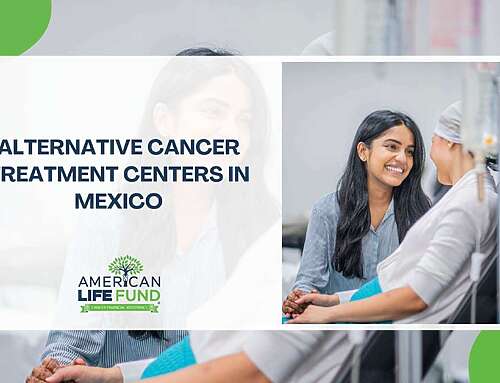Cancer is a group of diseases where cells in the body grow uncontrollably and can spread to other areas. Understanding cancer is important because recognizing it early and getting the right treatment can greatly improve your chances of recovery. Knowing the risk factors, such as family history, lifestyle choices, and exposure to certain environmental toxins, can help you make healthier decisions to potentially prevent cancer. Also, thanks to advancements in science, treatments for cancer are becoming more personalized, which means they can be more effective and cause fewer side effects. Staying informed about these options can help you or a loved one manage the disease more effectively, leading to better health outcomes.
In 2023, roughly 2.0 million people in the United States will be diagnosed with cancer alone. With such staggering statistics, we must provide accurate information about what cancer is, what causes it, and how it can be treated.
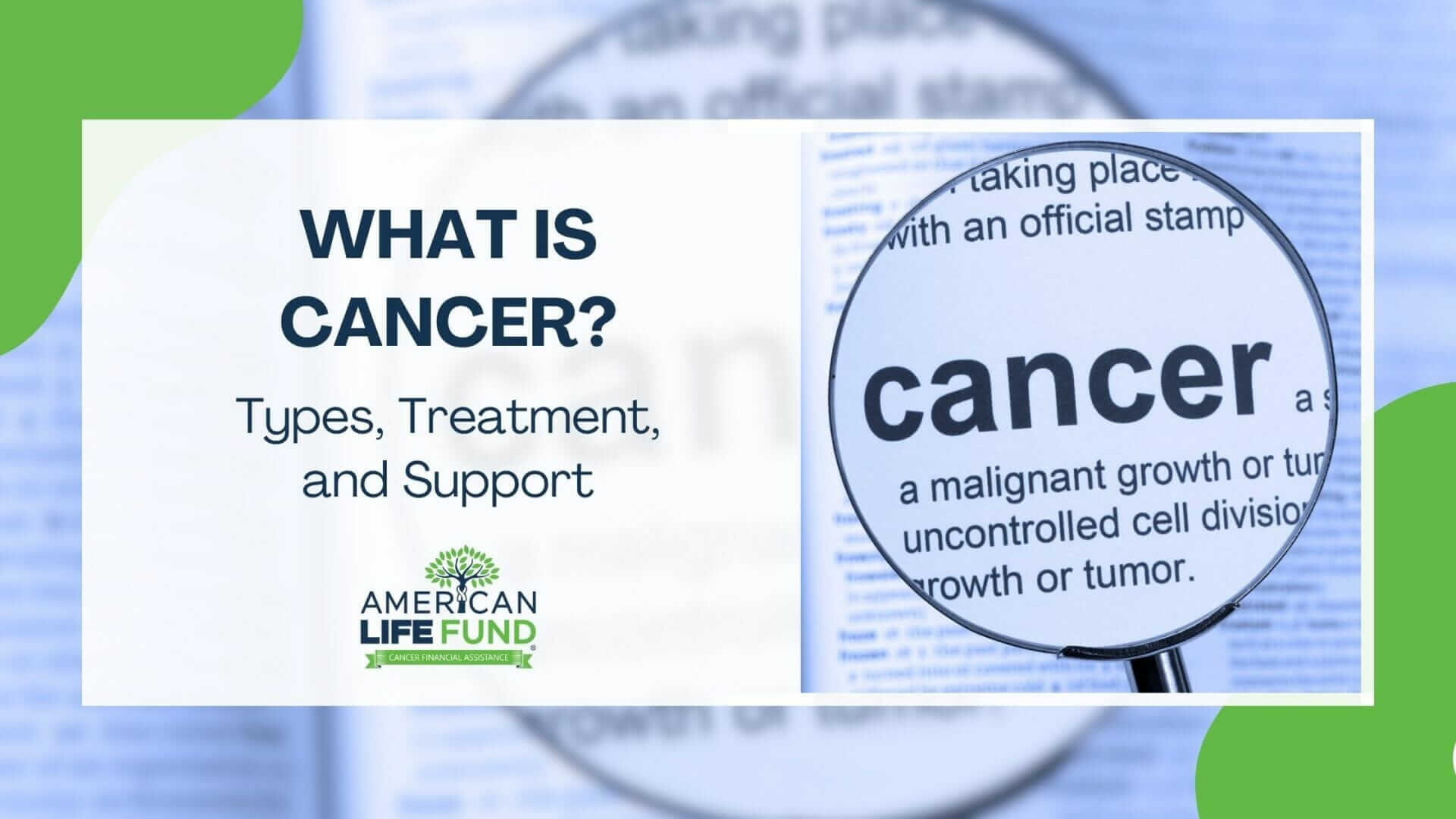
What is Cancer?
Cancer is a large group of diseases that can originate in almost any organ or tissue of the body when abnormal cells grow uncontrollably, go beyond their usual boundaries to invade adjoining parts of the body, and spread to other organs. This disease is often considered genetic, arising from a group of cells that multiply uncontrolled. These cells are influenced by environment, lifestyle, and inherited genetic variations.
Cancer can originate anywhere in the human body, consisting of trillions of cells. Normally, human cells grow, multiply, and eventually die to make way for new cells as required. However, when abnormal or damaged cells begin to grow and multiply inappropriately, they disrupt this process.
These irregular cells can form lumps or masses called tumors, which can be either cancerous (malignant) or not (benign). Malignant tumors can invade nearby tissues and spread, forming new tumors known as metastasis. Many cancers create solid tumors, but blood cancers, like leukemias, usually don’t.
On the other hand, benign tumors don’t invade neighboring tissues and usually don’t regrow once removed. However, it’s important to note that some benign tumors can become quite large, causing serious symptoms or even life-threatening, such as those in the brain.
How Do Cancer Cells Differ From Normal Cells?
Cancer cells differ from normal cells in several ways. Unlike normal cells, they grow without the need for signals promoting growth and ignore stop signals or instructions for self-destruction. Cancer cells can invade and spread throughout the body. In contrast, normal cells usually stop growing upon contact with others and remain stationary.
Cancer cells can stimulate blood vessel growth towards tumors, evade the immune system, and sometimes deceive it into preserving them. Genetically, these cells undergo numerous chromosomal alterations, including duplications and deletions, and some might have double the usual number of chromosomes.
Cancer cells rely on various nutrients and process energy differently, allowing swift growth. These differences result in the uncontrolled growth and spread of cancer cells, leading to the disease known as cancer.
How Does Cancer Develop?
Cancer is primarily a genetic disease caused by gene changes that control how our cells function, particularly how they grow and divide. These changes are often referred to as mutations.
Genetic changes leading to cancer can occur due to several reasons. One of them is errors that occur while a cell is dividing. Another is environmental damage to DNA, such as exposure to harmful chemicals found in tobacco or to ultraviolet rays from the sun. Lastly, some people inherit genetic changes from their parents that significantly increase their risk of certain types of cancer.
It’s worth noting that the body typically has mechanisms to repair damaged DNA or remove damaged cells before they become cancerous. However, the ability to remove such cells decreases with age, which contributes to an increased risk of cancer later in life.
One of the complexities of cancer is that each case is unique, with its genetic changes. The DNA of cancer cells can have thousands of changes or mutations. Some cancers are found to have more than 100,000. These changes can come from different sources like sun exposure or smoking, problems with the body’s DNA repair system, or treatments that damage DNA.
As cancer grows, additional genetic alterations may occur. Interestingly, even cells within the same tumor can have different genetic changes. This diversity within a tumor is known as intratumor heterogeneity and can complicate treatment strategies.
Cancer development involves a complex interplay of genetic changes, environmental influences, and the body’s response to these factors. Understanding these processes is crucial for developing effective prevention and treatment strategies.
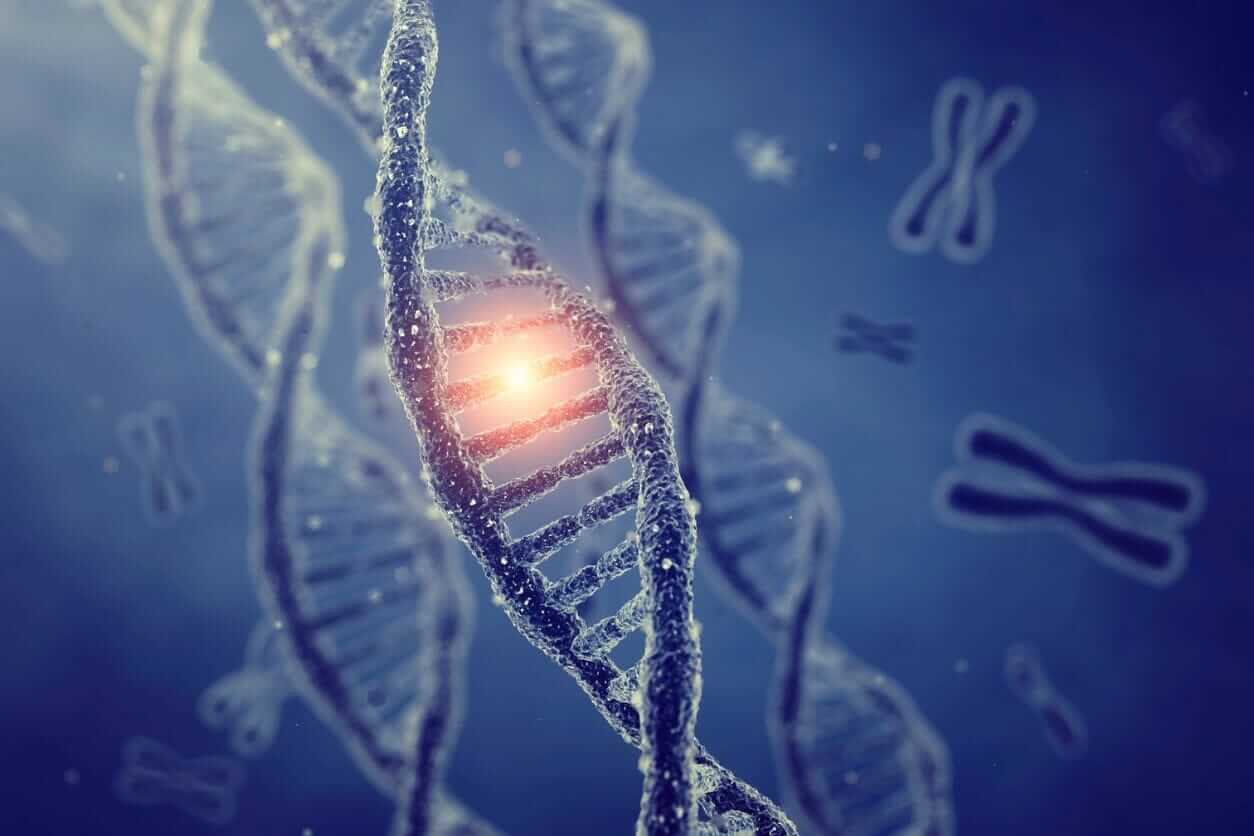
What Types of Genes Cause Cancer?
Three main types of genes can play a role in cancer development: proto-oncogenes, tumor suppressor genes, and DNA repair genes. Sometimes, these are referred to as “drivers” of cancer.
Proto-oncogenes are involved in normal cell growth and division. However, when altered or become overly active, they transform into oncogenes, leading to abnormal cell growth and survival.
Tumor suppressor genes also control cell growth and division. Alterations in these genes can lead to uncontrolled cell division, contributing to cancer development.
DNA repair genes have the job of fixing damaged DNA. Mutations in these genes can lead to more mutations and chromosomal changes, which could turn cells cancerous.
Recent studies have uncovered common mutations across many types of cancer. This understanding has paved the way for treatments targeting specific gene mutations. Regardless of where it originated, these treatments can be applied to any cancer with that particular mutation.
The interplay between these three types of genes – proto-oncogenes, tumor suppressor genes, and DNA repair genes – is crucial in understanding the formation and progression of cancer.
What Happens When Cancer Spreads?
When cancer spreads from its original location to other body parts, it’s known as metastasis. Cancer cells break away from the primary tumor, travel through the blood or lymph system, and establish new tumors elsewhere in the body.
Cancer can potentially spread anywhere but most commonly infiltrates the bones, liver, or lungs. Importantly, metastatic cancer retains the name and cell type of the original cancer. For instance, breast cancer that forms a metastatic tumor in the lung is still identified as metastatic breast cancer, not lung cancer.
Microscopically, metastatic cancer cells usually resemble cells of primary cancer and often share certain molecular features, like specific chromosome changes.
Treatment for metastatic cancer varies; in some cases, it may help extend life, while in others, the main goal is to control cancer growth or alleviate symptoms. Metastatic tumors can severely disrupt bodily functions, and most cancer-related deaths are due to metastatic disease.
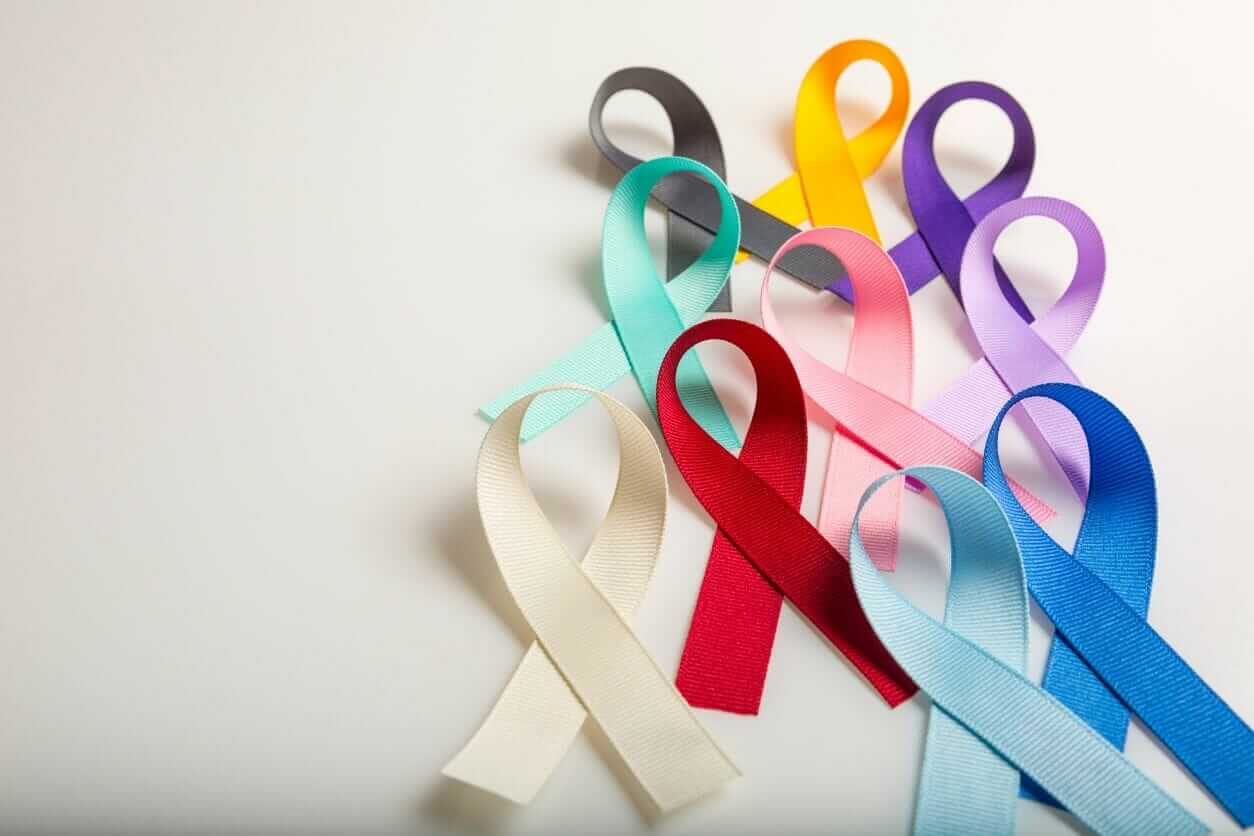
What Are The Different Types of Cancer?
More than 200 distinct types of cancer are typically categorized by the body part where they first develop, such as breast or lung cancer. Cancer can also be classified based on the type of cell origin. While there are many subtypes, they generally fall into five main categories:
Carcinoma
Carcinomas are a category of cancer that originates on the skin or in the tissues lining internal organs. This group includes several types, such as:
Melanoma: This is a serious form of skin cancer that begins in cells known as melanocytes, which produce the skin pigment melanin.
Basal Cell Carcinoma: This is the most common type of skin cancer, and it begins in the basal cells — a type of cell within the skin that produces new skin cells as old ones die off.
Squamous Cell Skin Cancer: This type of skin cancer begins in squamous cells, which are found in the tissue that forms the skin’s surface, the lining of the hollow organs of the body, and the passages of the respiratory and digestive tracts.
Merkel Cell Carcinoma: This rare and aggressive skin cancer begins in Merkel cells at the base of the epidermis or outer skin layer.
Each type of carcinoma has unique characteristics and reacts differently to treatments, making a proper diagnosis crucial for effective treatment planning.
Sarcoma
Sarcomas are a group of cancers that develop in connective or supportive tissues, which include bone, cartilage, fat, muscle, and blood vessels. These cancers can occur in various locations throughout the body due to the ubiquitous nature of these tissues. There are different types of sarcomas, including:
Soft Tissue Sarcoma: This is a broad term for cancers that start in soft tissues such as muscle, tendons, fat, lymph and blood vessels, and nerves.
Osteosarcoma: This type of sarcoma is a malignant tumor that develops in the bone. It’s most common in teenagers and young adults, often occurring in the long bones of the arms and legs.
Ewing’s Sarcoma: This rare type of cancer occurs in bones or the soft tissue around the bones. It’s most common in children and young adults.
Chondrosarcoma: This is a type of sarcoma that grows in cartilage cells. It’s more common in adults and can occur in the pelvis, leg bone, and arm.
Each type of sarcoma has unique symptoms and requires specific treatment strategies. Sarcomas are generally considered rare but can be serious and potentially life-threatening if not treated promptly and effectively.
Leukemia
Leukemias are cancers that originate in the blood and bone marrow cells. They interfere with the body’s ability to produce normal red and white blood cells and platelets. White blood cells are crucial for the body’s immune response, helping to fight infections. Red blood cells prevent anemia by carrying oxygen throughout the body. At the same time, platelets help to prevent easy bruising and bleeding by aiding in clot formation.
There are various types of leukemia, each with distinct characteristics:
Acute Lymphocytic Leukemia (ALL): This fast-growing type of leukemia begins in lymphocyte precursor cells in the bone marrow. It is most common in children but can also occur in adults.
Acute Myeloid Leukemia (AML): AML starts in the bone marrow but often quickly moves into the blood. It can also spread to other parts of the body. Both adults and children can develop AML.
Agnogenic Myeloid Leukemia: Also known as Myelodysplastic Syndromes, this disorder is caused by poorly formed blood cells or ones that don’t work properly.
Chronic Lymphocytic Leukemia (CLL): CLL affects lymphoid cells and usually grows slowly. It is more common in older adults.
Chronic Myeloid Leukemia (CML): This type of leukemia mainly affects adults and progresses slowly compared to acute leukemias.
Essential Thrombocythemia (ET): ET is a rare chronic disease where the bone marrow produces too many platelets. It can lead to blood clots, strokes, or heart attacks.
Hairy Cell Leukemia: This is a rare and slow-growing cancer of the blood where the bone marrow makes too many B cells (lymphocyte white blood cells).
Myelodysplastic Syndromes (MDS): MDS can occur when the blood-forming cells in the bone marrow become abnormal.
Lymphoma
Lymphomas are cancers that begin in the cells of the immune system and often develop within the lymphatic system, which is a key component of the body’s germ-fighting network. The lymphatic system includes lymph nodes (small, bean-shaped collections of immune system cells), the spleen, the thymus gland, and bone marrow. Lymphomas can affect all those areas and other organs throughout the body.
Lymphomas are generally classified into Hodgkin’s lymphoma and non-Hodgkin’s lymphoma. Both types produce similar symptoms but are distinguishable under a microscope based on the presence (or absence) of a specific type of abnormal cell called a Reed-Sternberg cell.
Hodgkin’s Lymphoma: This type of lymphoma is characterized by Reed-Sternberg cells. Although it is less common than non-Hodgkin’s lymphoma, advances in diagnosis and treatment have led to a high survival rate.
Non-Hodgkin’s Lymphoma: This group includes many lymphomas that do not contain Reed-Sternberg cells. There are many different types of non-Hodgkin’s lymphoma, which can behave very differently and require different treatments.
Cutaneous Lymphoma: These are lymphomas that start in the lymphocytes located in the skin. They can cause various skin symptoms like rashes, lumps, or discoloration.
It’s important to note that lymphoma is the fifth most common type of cancer in the UK and can affect adults and children at any age. About 79,990 new lymphoma cases are diagnosed in the United States each year.
Myeloma
Myeloma, also known as multiple myeloma, is a type of cancer that develops in the plasma cells of bone marrow. Plasma cells are a type of white blood cell that produces antibodies to help fight off infections. When these cells become cancerous and multiply, they can lead to an abundance of abnormal plasma cells in the bone marrow, crowding out healthy blood cells.
Sometimes, myeloma cells gather in one bone, forming a single tumor known as a plasmacytoma. However, in other situations, the myeloma cells can be found in various bones, leading to many bone tumors called multiple myeloma. This is the most common form of the disease.
Recent studies have shown that a protein known as B7-H3 plays a significant role in multiple myeloma. High expression of B7-H3 in myeloma cells has been associated with drug resistance, increased growth, and reduced progression-free survival. Furthermore, researchers are exploring therapies that target B7-H3, such as B7-H3-specific CAR T-Cell Therapy, to treat multiple myeloma.

How is Cancer Diagnosed?
Diagnosing cancer is a complex process, and no single test can accurately confirm its presence. A thorough history, physical examination, and diagnostic testing are usually required to establish a cancer diagnosis. Often, many tests are needed to determine if a person has cancer or if another condition mimics cancer symptoms.
Effective diagnostic testing is used to confirm or eliminate the presence of disease, monitor the disease process, and plan for and evaluate the effectiveness of treatment. Sometimes, it may be necessary to repeat testing if the person’s condition changes, the sample is not of good quality, or an abnormal test result needs confirmation.
Diagnostic procedures for cancer may include an array of methods:
Lab Tests: This includes blood, urine, and other laboratory tests that detect abnormalities that might indicate cancer. For example, certain cancers release specific markers into the blood that can be detected.
Diagnostic Imaging: Techniques like X-rays, CT scans, MRI scans, PET scans, and ultrasound can create detailed pictures of areas inside the body where cancer might be present.
Endoscopic Exams: Doctors can examine areas inside the body and collect samples for further testing using a thin, flexible tube with a light and camera attached.
Genetic Tests: Some types of cancer run in families, and genetic testing can help identify people at increased risk. This type of testing can also provide information about a person’s prognosis and help guide treatment decisions.
Tumor Biopsies: This involves removing a small amount of tissue from the tumor for examination under a microscope. A biopsy can confirm a cancer diagnosis and provide information about the type and stage of the cancer.
How is The Stage of Cancer Determined?
The cancer stage is determined through a systematic evaluation process that assesses the tumor’s size, location and spread. Here’s a breakdown:
TNM Staging System: This is the most commonly used system for staging cancer.
- T (Tumor): Refers to the size and extent of the main tumor. The size and location of the tumor are assessed, and it’s categorized based on its invasion into nearby tissues.
- N (Nodes): Indicates whether the cancer has spread to the regional lymph nodes. Lymph nodes are small, bean-shaped structures that produce and store cells that fight infection.
- M (Metastasis): Determines if the cancer has spread to other body parts. If cancer has metastasized, it has traveled from the primary site to other organs or tissues.
Physical Examination and Medical History: The patient’s overall health, symptoms, and previous medical conditions or treatments are considered.
Imaging Tests: X-rays, CT scans, MRIs, PET scans, and ultrasounds are used to take pictures of the body’s insides. These images help determine the size of the tumor and if (and where) it has spread.
Laboratory Tests: Blood and other lab tests can detect signs of cancer and other abnormalities that might indicate how advanced the cancer is.
Biopsy: A sample of tissue is taken from the potential tumor and examined under a microscope. This can help confirm a cancer diagnosis, identify the type of cancer, and determine its stage.
Bone Marrow Aspiration and Biopsy: Particularly for certain types of cancers, like leukemia, a sample of bone marrow is taken to determine if cancer has spread to the marrow.
Pathology Report: After a biopsy or surgery, a pathologist examines the samples taken to determine the cancer’s type, grade (how abnormal the cells look under a microscope and how quickly the tumor is likely to grow and spread), and other characteristics. This information is crucial for staging.
Once all relevant information is gathered, a stage is assigned to the cancer. This stage provides a common way for doctors to describe the extent of the disease, plan appropriate treatments, and predict prognosis.
What Are The Stages of Cancer?
The stages of cancer describe how much cancer is in the body and where it’s located. Here’s a concise overview of the typical stages:
- Stage 0: Also known as “in situ,” meaning in its original place. At this stage, the cancerous cells are only in the layer of cells where they began and haven’t spread to nearby tissues. They are often considered pre-cancerous.
- Stage I: This is the early stage of cancer’s growth. The cancer is localized, meaning it’s limited to the organ in which it started and hasn’t spread to lymph nodes or other parts of the body.
- Stage II: The tumor might be larger than in Stage I, but it’s still localized, with variations depending on the specific type of cancer. In some cases, cancer might have spread to nearby lymph nodes but not to other parts of the body.
- Stage III: The cancer is larger and might have invaded nearby tissues or lymph nodes, but it hasn’t spread to distant parts of the body.
- Stage IV: This is the most advanced stage of cancer, indicating that the cancer has spread to other distant parts of the body. Stage 4 cancer is often referred to as metastatic cancer.
It’s worth noting that the specifics of each stage can vary based on the type of cancer, as some cancers may have more subdivisions of these stages. Additionally, the cancer stage plays a significant role in determining the best treatment options and predicting a patient’s prognosis.
How is Cancer Treated?
The cancer treatment varies greatly depending on the individual’s medical condition and the type and stage of the cancer. It often involves a combination of treatments tailored to meet the patient’s specific needs and to achieve the best possible outcome.
Common treatments for cancer include:
Chemotherapy: This involves the use of powerful drugs to kill cancer cells or slow their growth. It can be administered in various ways, including orally, intravenously, or through a direct placement into the affected area. Check out our blog on how t0 pay for chemotherapy for more information.
Radiation Therapy: This treatment uses high-energy particles or waves to destroy or damage cancer cells. It can be delivered externally by a machine directing radiation toward the cancer or internally through radioactive substances placed in or near the cancer.
Surgery: This is often used to remove cancer from the body. The surgeon may also remove some of the healthy tissue surrounding the cancer to ensure all cancer cells are removed.
Biological Therapies: These treatments work by stimulating, boosting, or restoring the body’s immune system to fight cancer. They include treatments like immunotherapy, targeted therapy, and hormone therapy.
With advances in research and technology, new treatment options are continually being developed. Clinical trials offer opportunities for patients to try these novel treatments. Patients interested in participating in clinical trials should discuss this with their healthcare provider.
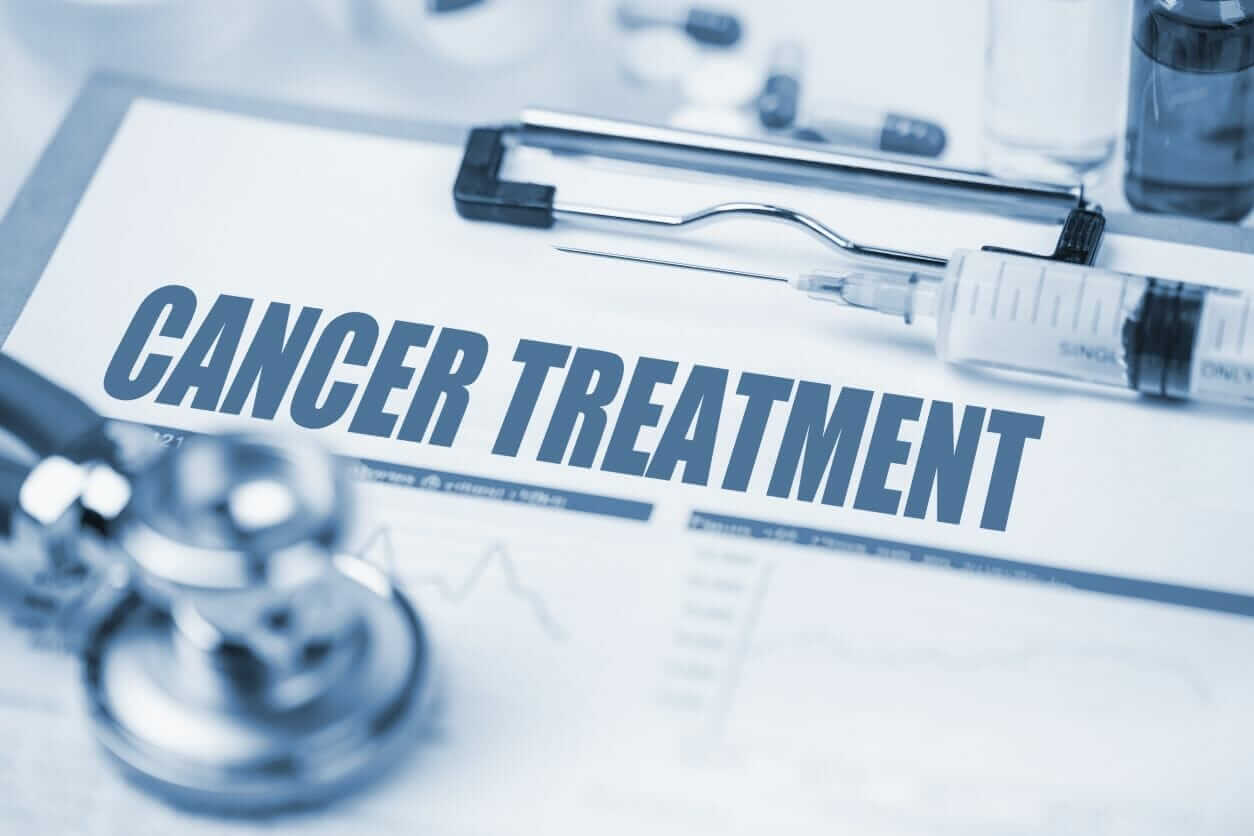
How Can Cancer Patients Prepare For Treatment?
Preparing for cancer treatment involves both practical and emotional steps. Here’s a brief guide on how to prepare:
Find an Oncologist And Treatment Center: Ask your primary care doctor for referrals to oncologists specializing in your type of cancer. You can also contact organizations like the National Cancer Institute or the American Medical Association for recommendations. It’s important to choose a treatment center where you feel comfortable and confident in the care you’ll receive.
Consider Getting a Second Opinion: This can provide additional reassurance and information about your diagnosis and treatment options. A second opinion can ensure that your treatment plans align with your specific medical history and needs.
Learn About Your Specific Cancer Treatment: Engage with your care team and ensure you understand your type of cancer, its stage, and available treatment options. Feel free to ask questions about anything you need help understanding. Knowledge is empowering and can help you make informed decisions about your treatment.
Seek Support: Coping with a cancer diagnosis and navigating the treatment process can be emotionally challenging. Reach out to support groups, oncology social workers, and mental health professionals who can assist in managing emotional health, diet, finances, and overall stress related to treatment. Friends and family can also provide much-needed emotional support.
Every person’s journey with cancer is unique. What works for one person might not work for another. Finding what works best for you and taking care of yourself physically and emotionally as you navigate this challenging period is essential.
What is The Emotional Impact of Cancer?
A cancer diagnosis can significantly impact the emotional well-being of patients, their families, and caregivers. According to the American Cancer Society, it can influence roles at home, school, and work and lead to various emotional responses.
Anxiety is a common response to cancer, characterized by discomfort, worry, or fear. It can stem from concerns about the future, the impact of the disease on daily life, or fear of treatment side effects. Recognizing and managing anxiety is crucial as it can affect a patient’s ability to cope with their diagnosis and treatment.
Depression is also frequently experienced by those affected by cancer. Symptoms can include persistent sadness, loss of interest in previously enjoyed activities, difficulty sleeping, and changes in appetite. It’s vital to identify these symptoms and address them if they become concerning, as untreated depression can make it more difficult for patients to follow their treatment plan and negatively affect their quality of life.
Distress, an unpleasant emotional state, can alter thinking, feeling, and behavior, making it challenging to cope with the effects of having cancer. Distress can manifest as feelings of vulnerability, sadness, or despair. Recognizing and seeking help for these emotions is essential, as high levels of distress can have serious implications for a patient’s mental health.
The emotional impact of cancer can be overwhelming, but it’s important to remember that help is available. Mental health professionals, support groups, and counseling services can provide much-needed support and strategies to manage these emotional responses. It’s crucial for patients, families, and caregivers to communicate openly about their feelings and to seek professional help when needed.

What is The Financial Impact of Cancer?
The financial burden of cancer can be significant and often extends beyond the cost of treatment itself. Managing the financial impact of cancer involves navigating insurance coverage, loss of income, and potential job disruption.
One of the major costs associated with cancer is treatment, which can include surgery, radiation therapy, chemotherapy, and other therapies. These treatments can be expensive, even for those with health insurance. Unfortunately, lack of health insurance and other barriers prevent many Americans from receiving optimal health care. In 2021, 8.3 percent of people, or 27.2 million, did not have health insurance at any point during the year.
In addition to the direct costs of treatment, a cancer diagnosis can also lead to loss of income. A study revealed that an average of 27% of the annual wage of cancer patients was lost over the first 12 months following a diagnosis. This loss of income can exacerbate the financial strain, making it challenging for patients to cover their medical expenses and meet their daily living costs.
If cancer patients cannot continue working due to illness, they may lose health, disability, and life insurance benefits their employer provides. This can add another layer of financial stress.
The financial impact of cancer can be daunting, but there are resources available to help. Patients must discuss their financial concerns with their healthcare team, social workers, or financial counselors, who can guide them through the process and help identify potential sources of financial support.
What Are Some Financial Resources For People With Cancer?
Navigating the financial burdens associated with cancer can be overwhelming, but resources are available to help. Here are some strategies and resources that can ease the financial stress:
Work Closely With Healthcare Providers: Understand your coverage and potential out-of-pocket costs. Your healthcare team can provide valuable information about the cost of treatments and any additional charges you might incur.
Utilize Financial Counselors or Patient Navigators: These professionals can help manage medical bills and insurance claims and guide you through the complexities of health insurance coverage and payment options.
Seek Financial Assistance Programs: Many hospitals, treatment centers, and cancer organizations offer financial assistance programs. These programs help cover the costs of treatments, medications, and other related expenses.
Negotiate Medical Bills And Payment Plans: Discussing your financial situation with healthcare providers can sometimes lead to reduced charges or structured payment plans.
Explore Community Support: Cancer organizations, government agencies, and local civic groups often provide support for individuals dealing with cancer. This can range from financial aid to practical assistance.
Utilize The Cancer Financial Assistance Coalition (CFAC): The CFAC is a group of national organizations that provide financial help to patients. They offer a searchable database of financial resources.
Consider a Viatical Settlement: American Life Fund, a prominent viatical settlement provider, offers a financial solution for individuals with serious health diagnoses. A viatical settlement involves selling your life insurance policy to a third party for immediate funds, which are more than its surrender value but less than its death benefit. This option can be particularly helpful when faced with substantial medical costs.
Every person’s financial situation is unique, and exploring all available options is critical. Open dialogue about financial worries can lead to resources and solutions that can alleviate the monetary burden of illnesses like cancer. For more details, contact American Life Fund today.
Frequently Asked Questions
What is the significance of understanding the genetic aspects of cancer?
Understanding the genetic aspects of cancer is crucial as it helps identify the factors contributing to its development. This knowledge paves the way for targeted treatments based on specific gene mutations, leading to more effective and personalized therapies.
How can individuals reduce their risk of developing cancer?
While not all cancers can be prevented, adopting a healthy lifestyle, avoiding tobacco and excessive alcohol consumption, maintaining a balanced diet, staying physically active, and protecting oneself from harmful environmental factors can contribute to reducing the risk of developing cancer.
Are there advancements in cancer treatment beyond traditional methods?
Yes, advancements in research and technology have led to innovative treatments such as immunotherapy, targeted therapy, and hormone therapy. Clinical trials offer opportunities to explore novel treatments, and patients are encouraged to discuss these options with their healthcare providers.
How can caregivers support individuals going through cancer treatment?
Caregivers are crucial in providing emotional support, assisting with practical needs, and helping with treatment-related challenges. Open communication, understanding the patient’s needs, and seeking guidance from healthcare professionals can contribute to effective caregiving.
What resources are available for emotional support during the cancer journey?
Emotional support is essential, and resources such as support groups, counseling services, and mental health professionals are available. Open communication with friends, family, and healthcare providers can also provide valuable emotional assistance.
How can individuals cope with the financial impact of cancer?
Coping with the financial burden of cancer involves working closely with healthcare providers, utilizing financial assistance programs, seeking guidance from financial counselors, and exploring community support. Open communication about financial concerns is essential to identifying available resources.
Can cancer patients participate in clinical trials, and how do they benefit from them?
Cancer patients can participate in clinical trials, which offer access to cutting-edge treatments and contribute to advancing cancer research. Patients considering clinical trials should discuss eligibility and potential benefits with their healthcare providers.
What role does early detection play in cancer outcomes?
Early detection is crucial for better cancer outcomes. Regular screenings, prompt medical attention for symptoms, and awareness of personal risk factors contribute to diagnosing cancer at an earlier, more treatable stage.
How can individuals support cancer research and awareness initiatives?
Supporting cancer research and awareness involves fundraising events, volunteering for organizations dedicated to cancer causes, and spreading awareness through social platforms. Every contribution, big or small, helps make a positive impact.
Where can individuals find reliable information about cancer prevention, treatment, and support?
Reliable cancer information is available from reputable sources such as national cancer organizations, medical institutions, and healthcare providers. It’s advisable to consult these sources for accurate and up-to-date information on cancer-related topics.


